From exhibition to empowerment: how Concern India Foundation promotes and supports folk art
India has a stunning heritage of art and crafts, but many of the folk art traditions are in danger of disappearing. This exhibition promotes such traditional art forms, and raises funds for the rural artists.
PhotoSparks is a weekly feature from YourStory, with photographs that celebrate the spirit of creativity and innovation. In the earlier 300 posts, we featured an art festival, cartoon gallery, world music festival, telecom expo, millets fair, climate change expo, wildlife conference, startup festival, Diwali rangoli, and jazz festival.
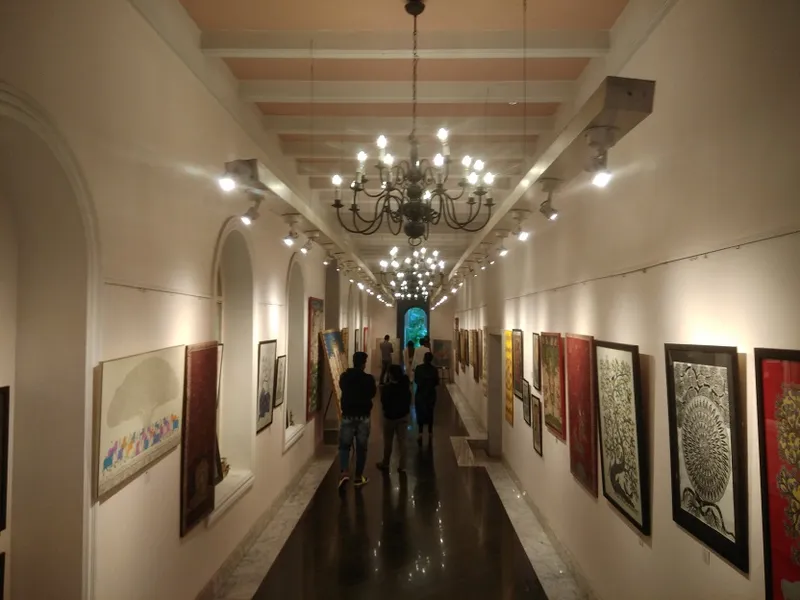
The Art Corridor at Taj West End in Bengaluru recently featured an exhibition of traditional and folk art, titled ‘Art for Concern.’ It showcased the works of crafts experts from across India, and is intended to protect, preserve and promote India’s artistic heritage.
The exhibition was an initiative of Concern India Foundation, set up in 1991 to support grassroots NGOs working in the areas of education, health and community development. Its approach is to ‘help people help themselves’ through sustainable livelihood.
Over the past three decades, over 1,000 NGO partners have been supported via offices in Mumbai, Bengaluru, Chennai, Delhi, Hyderabad, Kolkata and Pune. The foundation claims these initiatives have benefited over 1,50,000 marginalised people, via support for education, natural resource management, livelihood projects, organic farming, rainwater harvesting, and shelter homes.
Over the years, the ‘Art for Concern’ exhibitions have featured traditional and folk art forms such as Chittara, Dokra, Kalamkari, Kerala Mural, Miniature Art, Mysore Painting, Patua, Pichwai, and Tanjore art. Some of these forms are showcased in this edition of PhotoSparks, and are priced in the range Rs 10,000 to Rs 1.5 lakh.
The exhibition was conceptualised and organised by Secure Giving, which specialises in fundraising events for charities. It produces other events such as ‘Pause for a Cause’ pop-up markets and the Annual Charity Auction. In Part II of this photo essay, we feature more artworks along with insights from Sankalita Das, manager and curator at Secure Giving.
“This is a fundraising drive for direct support to the artists themselves, who spend many months on each of their artworks,” said Pampa Chowdhury, Regional Manager, Concern India Foundation (CIF), in a chat with YourStory. Though India has a vast collection of traditional and folk art forms, they do not receive enough exposure, support or commercial resources.
CIF helps bring these indigenous art forms to prominent art galleries and exhibition spaces that they may not otherwise be able to reach, thus ensuring that their legacy endures. “Even if you cannot visit these artists in their communities, there are opportunities to give back by visiting such exhibitions and buying their art works,” Pampa urges.
“Many ancient art works are decaying, and some art forms are also dying. Many Indians do not even know the names and forms of these art traditions, while many foreigners do. If we have to show pride in our country, we need to connect to our roots and support these artists,” she explains.
“Each painting has a story in it and behind it. Learn about them, and support the artists so that we can become a better society,” Pampa signs off.
Now, what have you done today to explore India’s vast art heritage, and support the folk artists in their creative journeys?


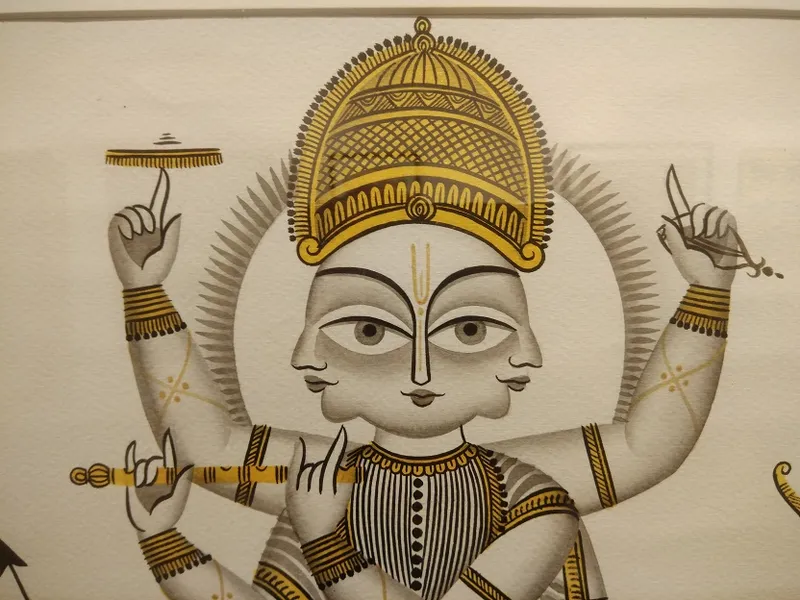
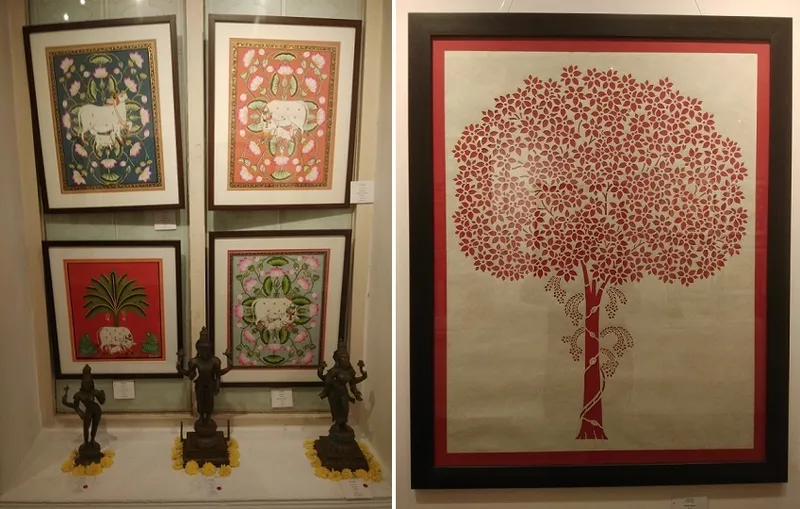
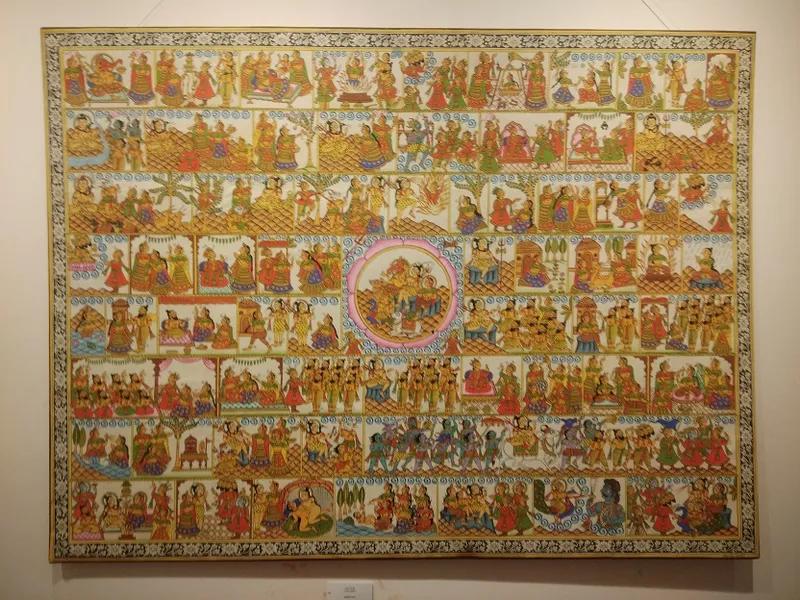
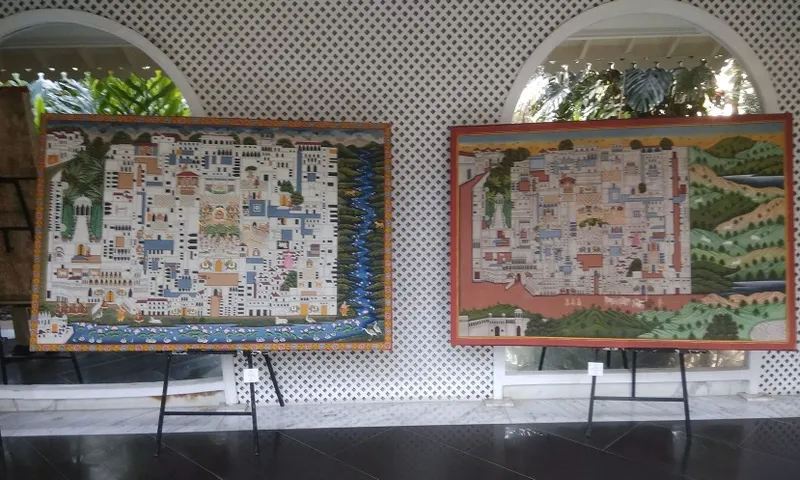
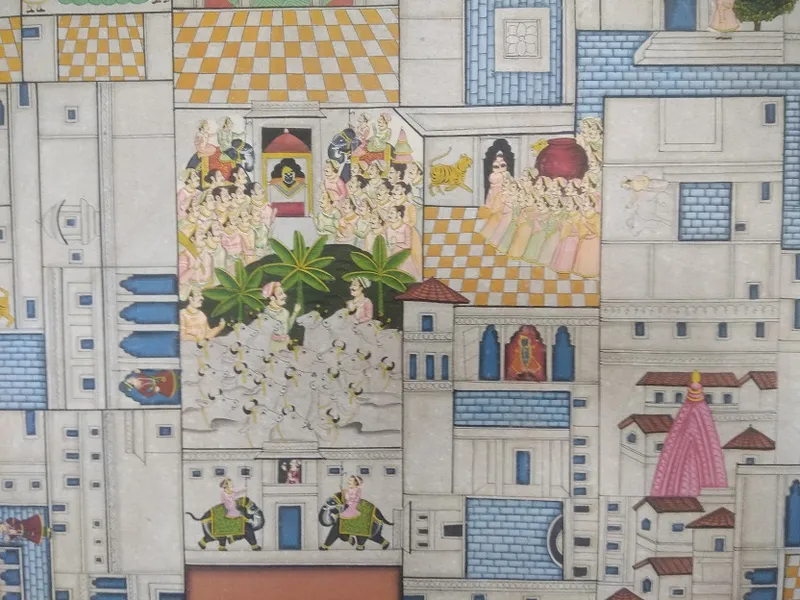
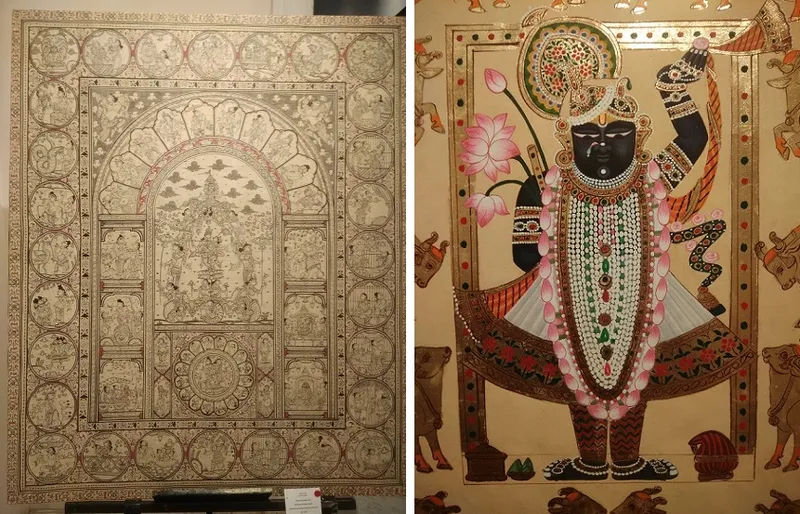
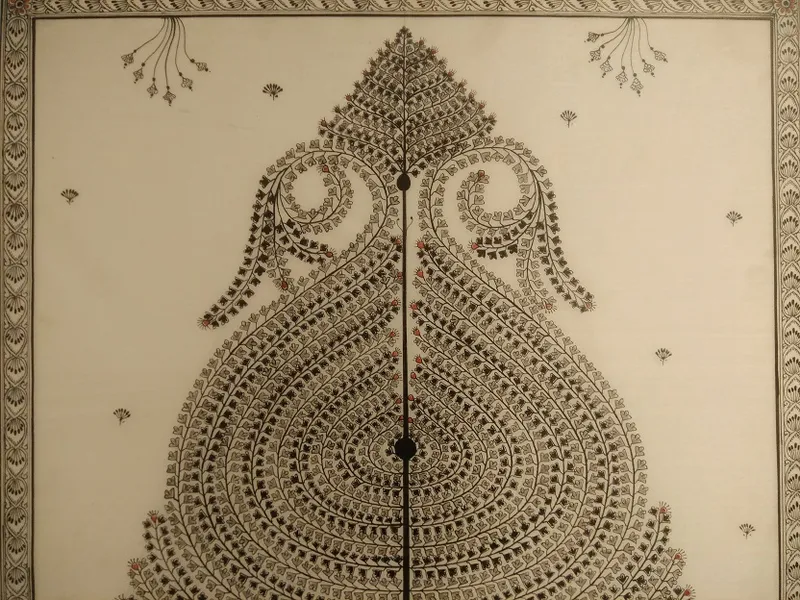
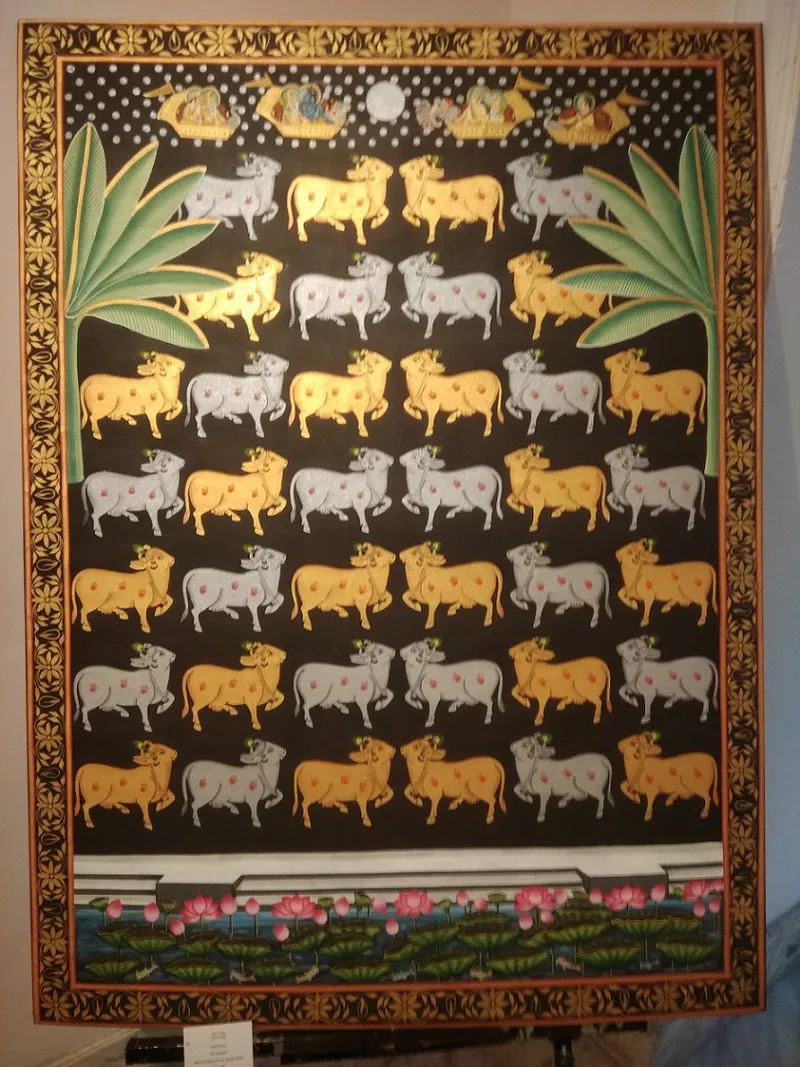
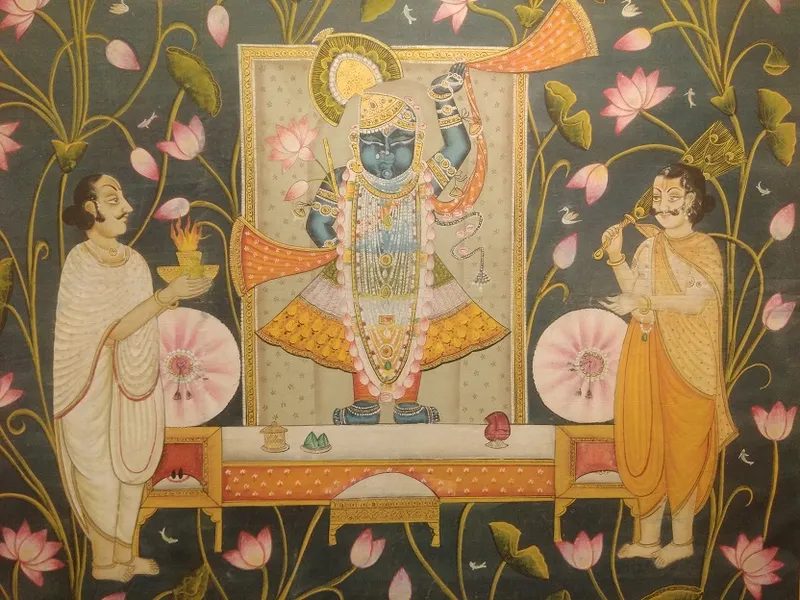
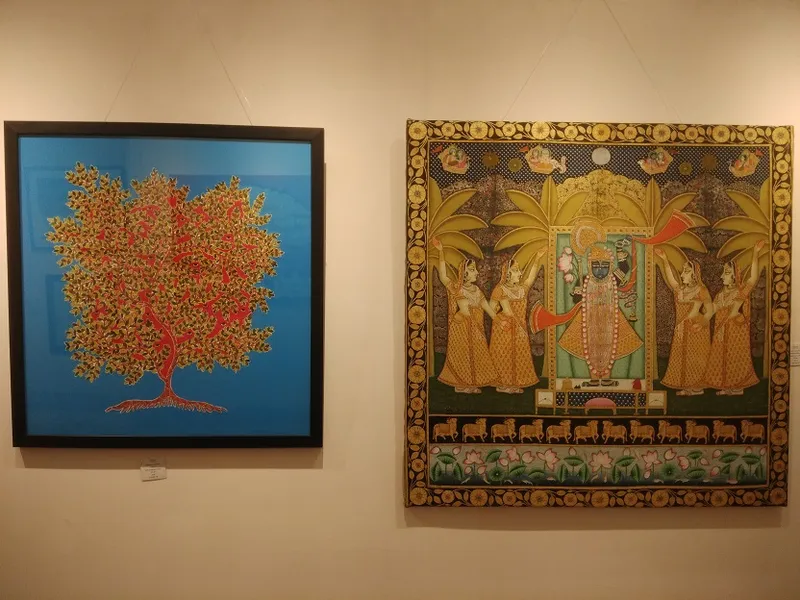
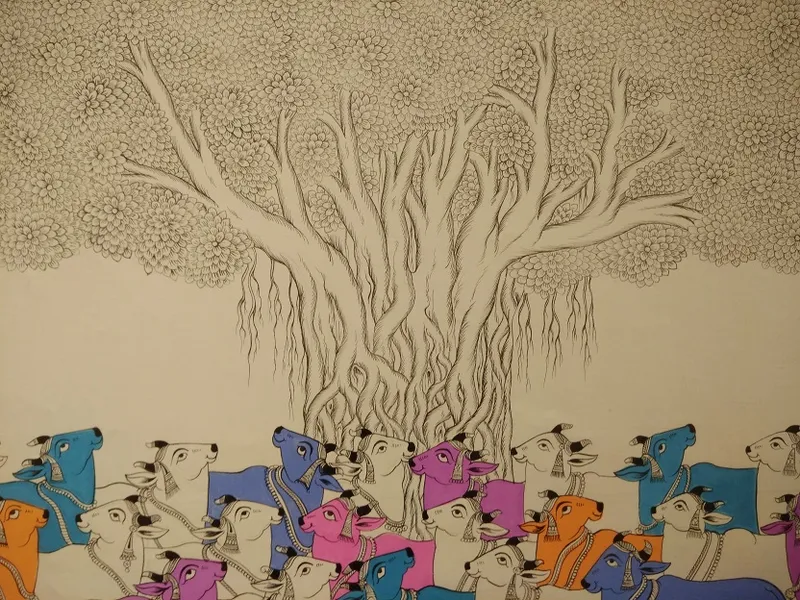
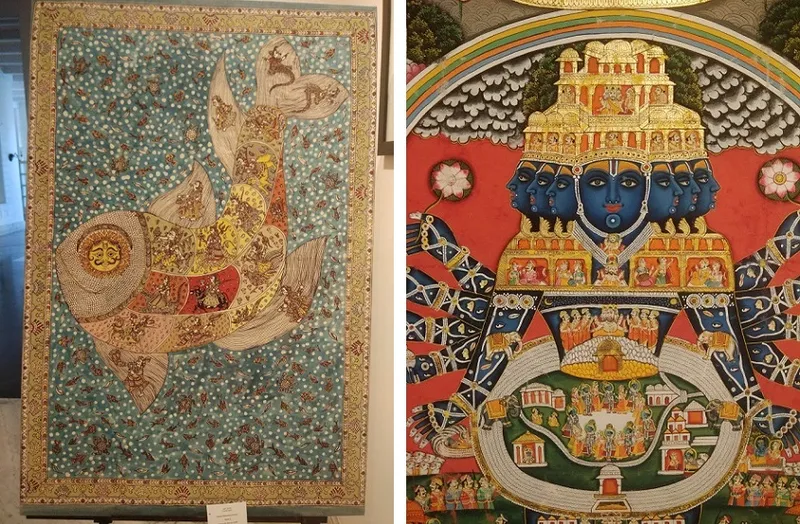
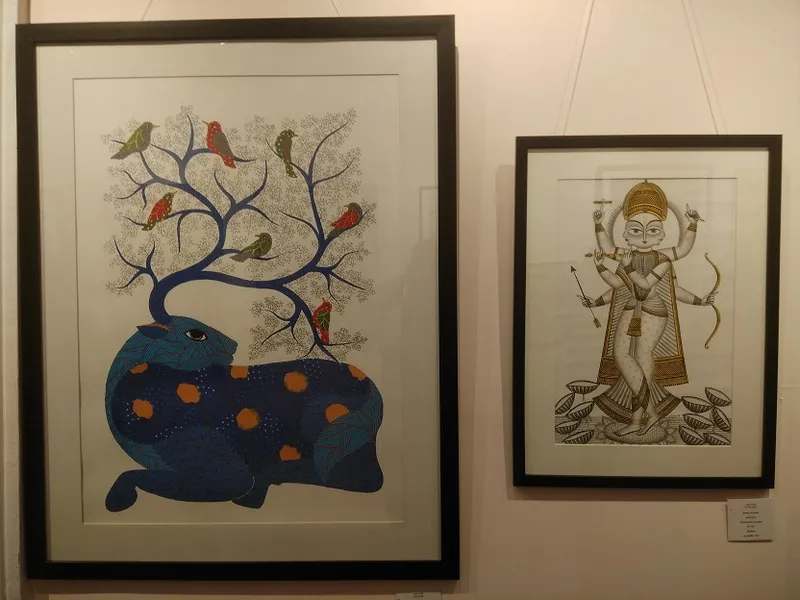
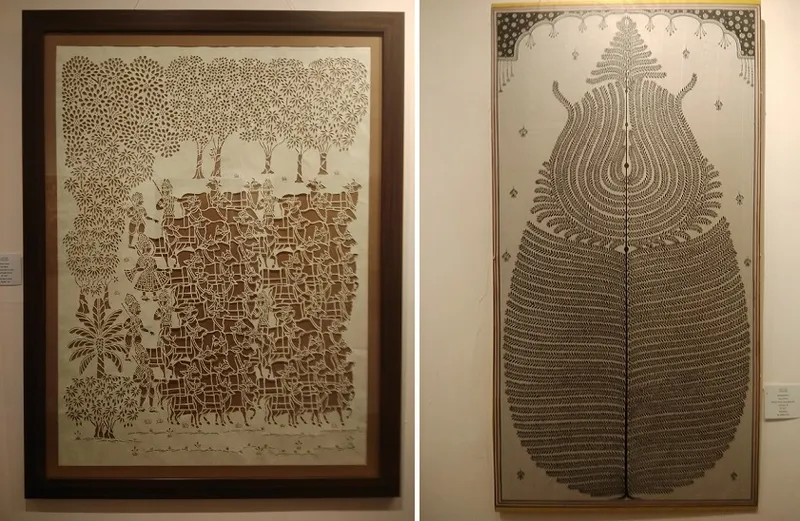
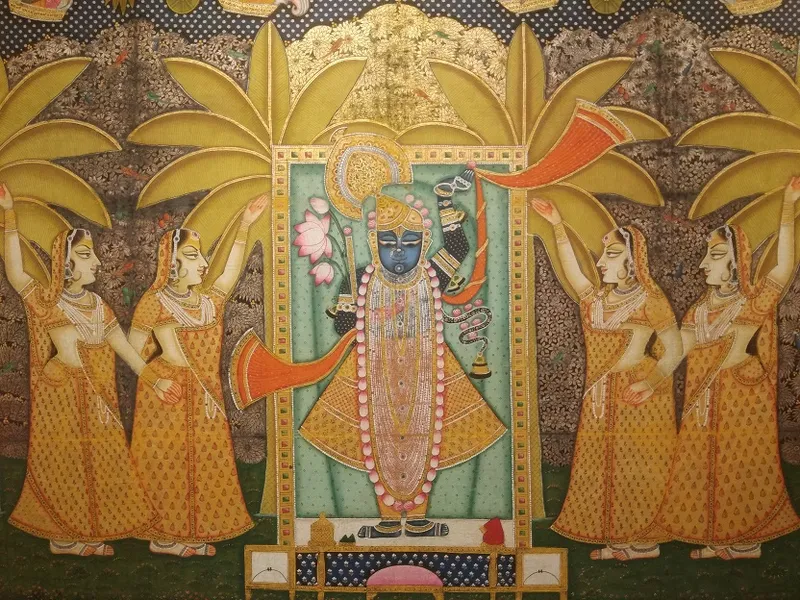
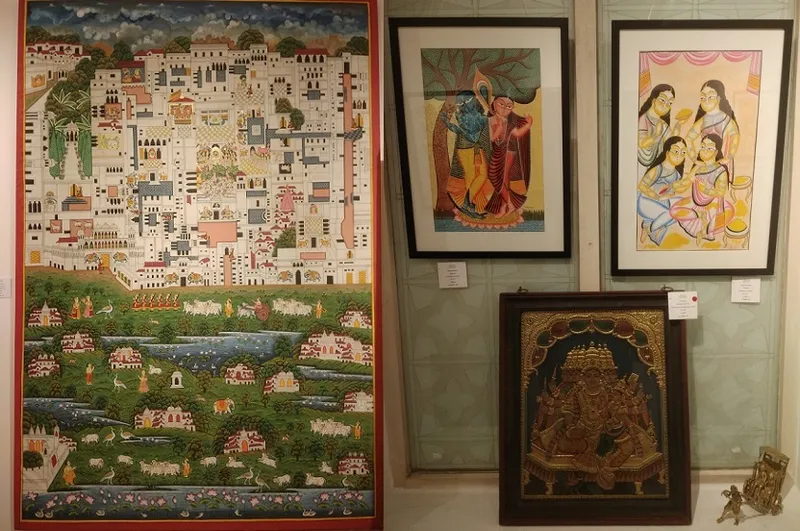
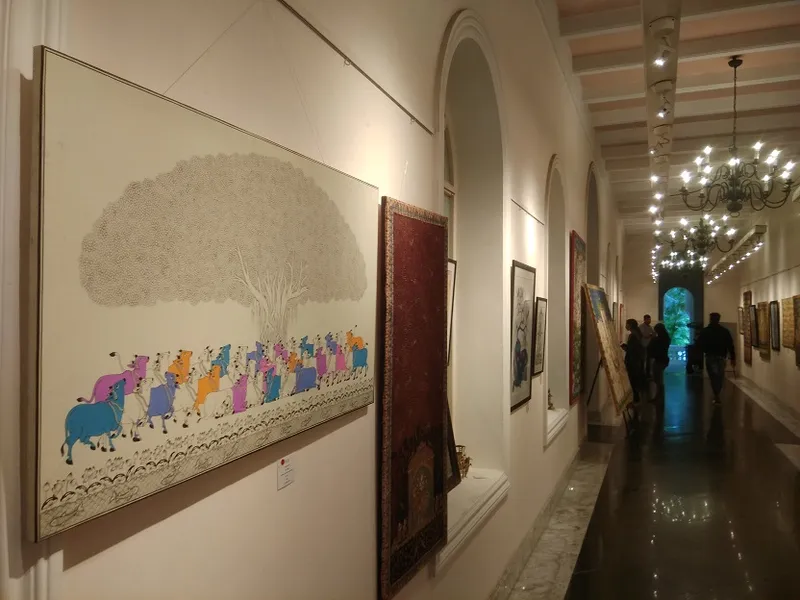
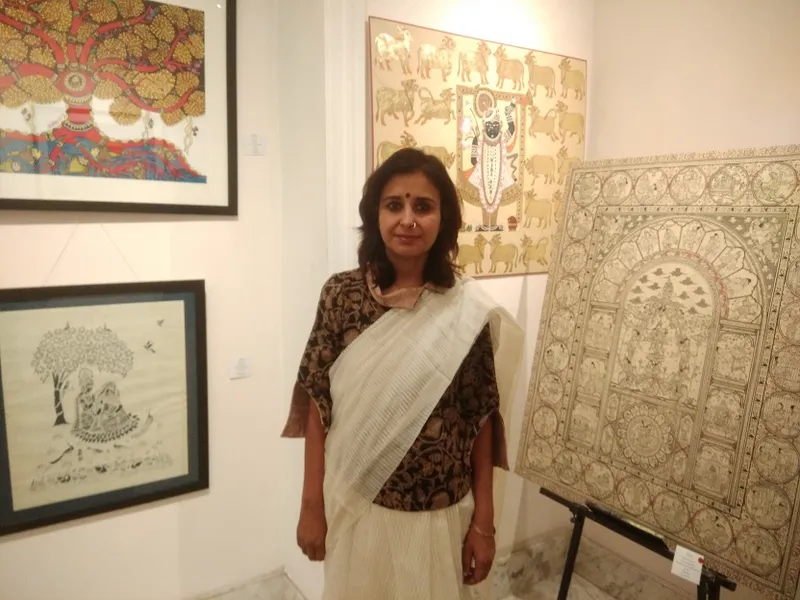
Pampa Chowdhury, Concern India Foundation
Got a creative photograph to share? Email us at PhotoSparks@YourStory.com!
See also the YourStory pocketbook ‘Proverbs and Quotes for Entrepreneurs: A World of Inspiration for Startups,’ accessible as apps for Apple and Android devices.







